12 Distinct Environments in Commercial & Industrial Facilities (that use High-Speed Doors)

Why High-Speed Rapid Roller Doors Are Critical
Selecting the right equipment and infrastructure can significantly impact efficiency, security, and productivity within commercial and industrial spaces. Among the most crucial elements are high-speed rapid roller doors, which provide fast and frequent access without compromising on temperature control, cleanliness, or safety.
- Boost Operational Flow: Quick opening and closing minimise delays, increasing throughput in high-traffic areas.
- Enhance Temperature Control: Rapid door cycles reduce energy loss, vital in temperature-sensitive zones like cold storage or cleanrooms.
- Improve Safety & Hygiene: Self-repairing features and durable materials ensure a safer, cleaner environment.
- Optimise Security: Many high speed roller doors come equipped with robust locking systems and impact-resistant construction.
For businesses operating in temperature-controlled, hygienic, or high-security environments, selecting the right infrastructure isn’t just an efficiency measure—it’s also a compliance requirement. Safe Work Australia’s Model Code of Practice offer clear guidelines on safety in the work environment and facilities.
By understanding the distinct types of environments in commercial and industrial facilities, you can better determine whether high speed roller doors—or other specialised door solutions—are right for your operational needs. Below are 12 common facility environments and their key considerations.
1. Temperature-Controlled (Cold Storage & Refrigeration)
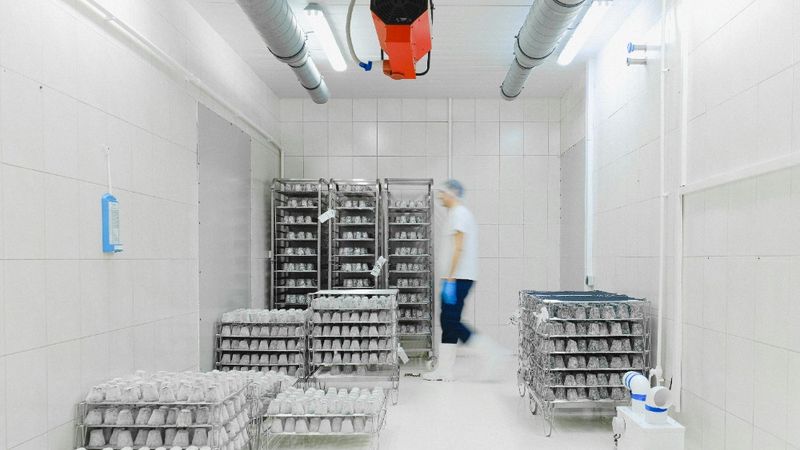
- Key Characteristics: Extremely low temperatures, strict insulation needs, frequent in/out traffic for goods.
- Challenges: Maintaining stable conditions to prevent spoilage; dealing with potential condensation or ice buildup.
- Role of High Speed Roller Doors: Rapid opening reduces temperature fluctuations, helping keep products at consistent temperatures and minimizing energy loss.
2. Cleanroom & Contamination-Controlled
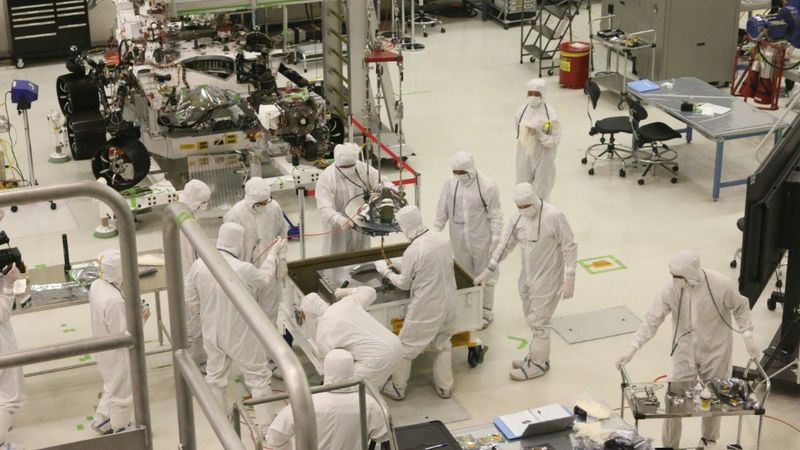
- Key Characteristics: Strict environmental regulations (ISO or GMP standards), minimal airborne particles, often pressurised.
- Challenges: Requires smooth, easy-to-clean surfaces; advanced filtration; specialised doors to prevent particulate infiltration.
- Role of High Speed Roller Doors: Quick cycling and tight sealing reduce contamination risks and support internal airflow requirements.
3. Food Processing & Hygienic Environments
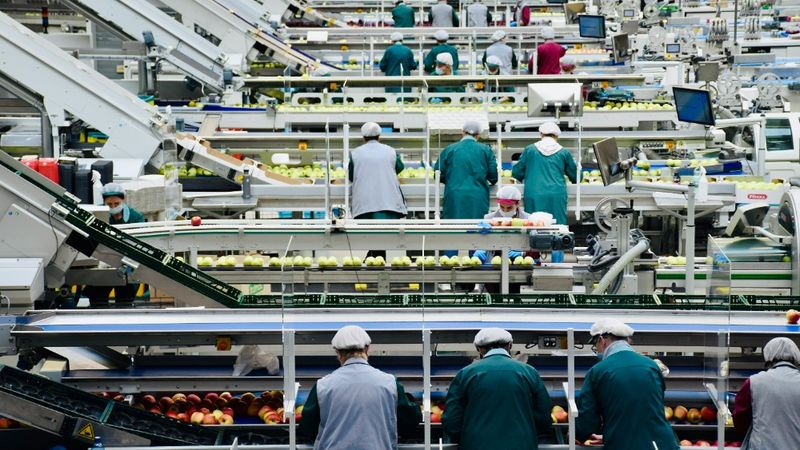
- Key Characteristics: Emphasis on sanitation, compliance with health regulations, frequent washdowns.
- Challenges: Choosing water-resistant, corrosion-resistant materials; preventing cross-contamination between zones.
- Role of High Speed Roller Doors: Durable, water-resistant materials plus rapid door speeds can help maintain stricter hygiene standards.
4. Warehousing & Distribution Centers
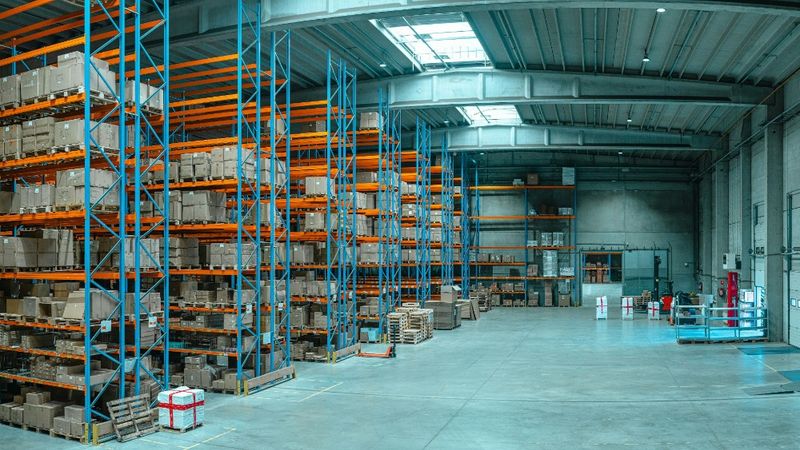
- Key Characteristics: High-volume inventory, varied product types, extensive inbound and outbound logistics.
- Challenges: Streamlining traffic flow for forklifts and personnel; maximising storage space while maintaining safety standards.
- Role of High Speed Roller Doors: Quick open-close cycles reduce wait times, improving distribution efficiency and reducing collisions.
5. Heavy Industrial & Manufacturing Plants
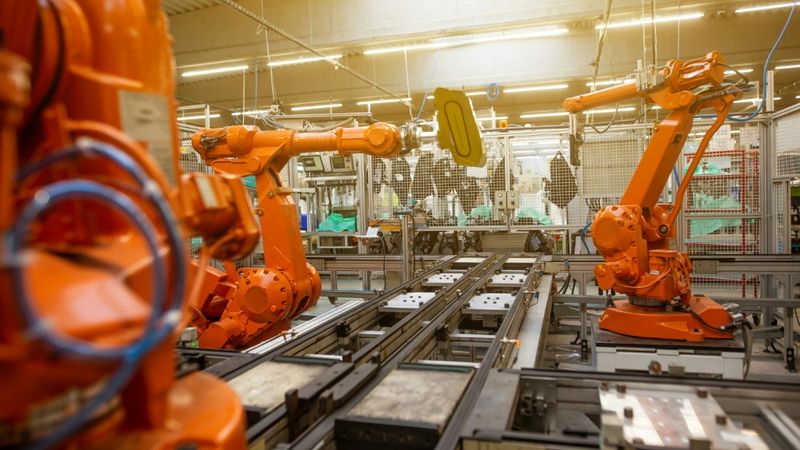
- Key Characteristics: Large machinery, potential exposure to dust and debris, high noise levels, frequent equipment movement.
- Challenges: Managing safety hazards (e.g., moving equipment), ensuring machinery compatibility with facility layout, robust construction to handle impacts.
- Role of High Speed Roller Doors: Impact-resistant doors minimise downtime and enhance workflow for frequent entries and exits.
6. Automotive & Machinery Workshops
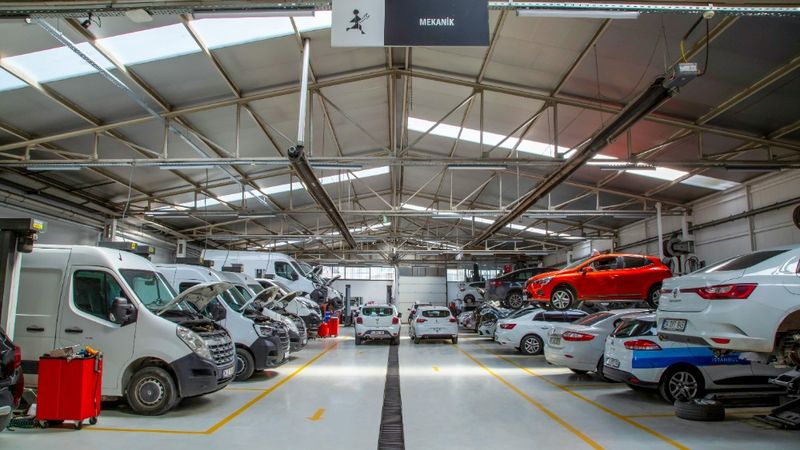
- Key Characteristics: Regular vehicle throughput, requirement for quick entry/exit, automotive fluids and chemicals in use.
- Challenges: Maintaining clean floors, handling oil or chemical spills, ensuring doors accommodate large or specialised vehicles.
- Role of High Speed Roller Doors: Fast access for vehicles, with materials designed to resist chemicals and repeated door cycles.
7. Hazardous or Chemical Processing Areas
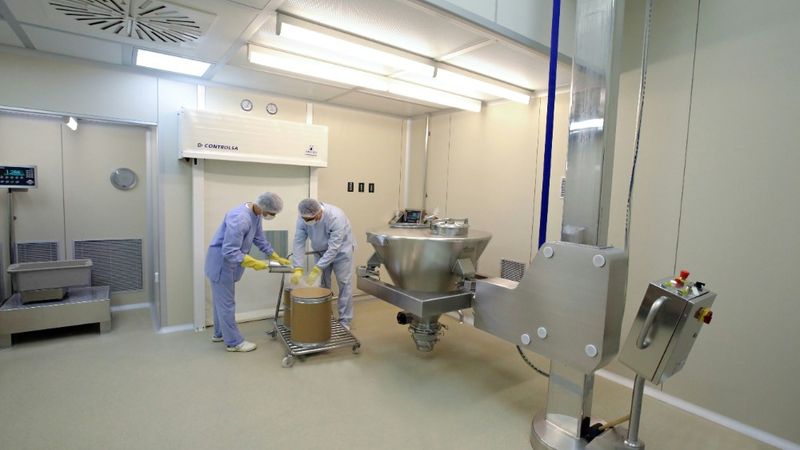
- Key Characteristics: Presence of volatile or corrosive chemicals, strict safety regulations, often specialised ventilation.
- Challenges: Selecting chemical-resistant materials, preventing leaks and accidental emissions, ensuring proper containment measures.
- Role of High Speed Roller Doors: Rapid closures can enhance containment during emergencies, while corrosion-resistant materials improve door longevity.
8. Outdoor Loading/Unloading Zones
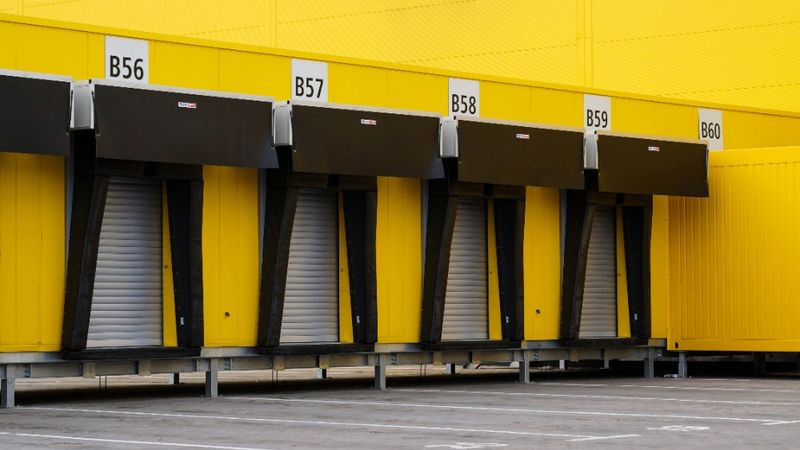
- Key Characteristics: Exposure to weather extremes, high traffic of trucks and pallets.
- Challenges: Protecting against wind, rain, or extreme temperatures; facilitating efficient loading processes; preventing weather damage to goods.
- Role of High Speed Roller Doors: Quick open-close speeds prevent drafts and weather infiltration, maintaining internal conditions.
9. High-Security Storage & Distribution
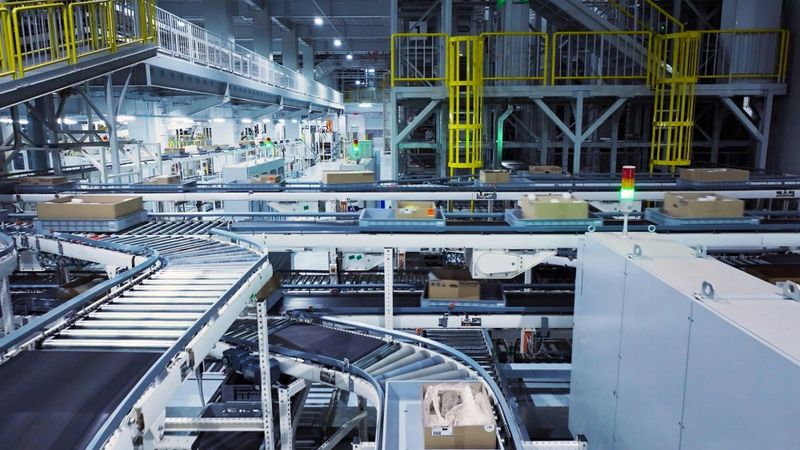
- Key Characteristics: Sensitive or high-value inventory (e.g., electronics, cash, confidential documents), robust access control systems.
- Challenges: Installing doors with strong locking mechanisms and high structural integrity; integrating alarms and surveillance.
- Role of High Speed Roller Doors: Can integrate security features like advanced locks and alarms while still offering quick cycles.
10. Waste Management & Recycling Facilities
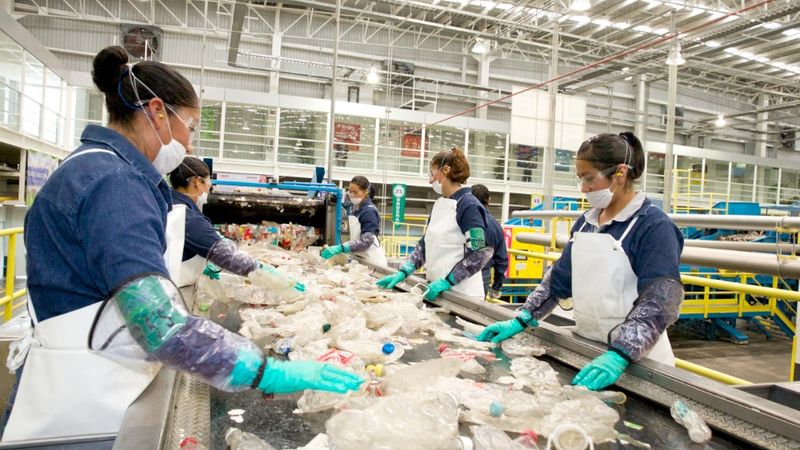
- Key Characteristics: Harsh, dusty or dirty conditions, potential for odor containment, large vehicle traffic (dump trucks, loaders).
- Challenges: Selecting highly durable, impact-resistant materials; managing debris and minimising downtime from collisions.
- Role of High Speed Roller Doors: Reduces downtime by self-repairing after impacts; helps contain odors and dust.
11. Retail & Commercial Showrooms

- Key Characteristics: Customer-facing areas, aesthetic appeal, moderate or frequent foot traffic.
- Challenges: Balancing visual appeal with functional security or environmental controls; compliance with building codes and brand presentation.
- Role of High Speed Roller Doors: Offers sleek, modern designs without sacrificing efficiency or ease of use.
12. Office and Storage Areas (Adjacent to Industrial Spaces)
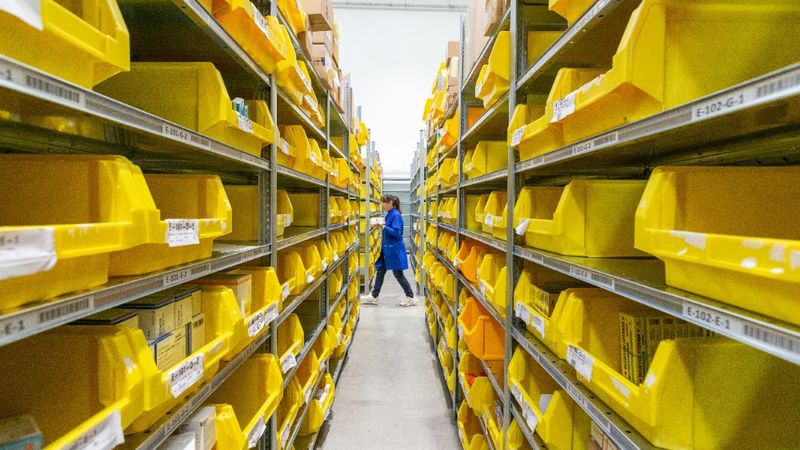
- Key Characteristics: Climate-controlled, comfortable lighting, and lower noise levels; often connected to or near production floors.
- Challenges: Ensuring adequate separation (noise, dust, temperature) from adjacent industrial operations; maintaining a professional, comfortable work environment.
- Role of High Speed Roller Doors: Helps maintain a professional, pleasant office or storage environment while ensuring fast access to industrial areas.
By recognising the distinct operating conditions in these 12 environments, or combination of them, you can better assess where high speed roller doors make a critical difference—improving efficiency, cutting energy costs, and enhancing overall safety.
Each sector faces unique challenges, but with the right door solutions, you’ll ensure that your facility remains competitive, productive, and protected.
Ready to explore how high-speed roller doors can transform your commercial or industrial space? Contact us for a free quote and we'll tailor a solution that align perfectly with your operational needs.

